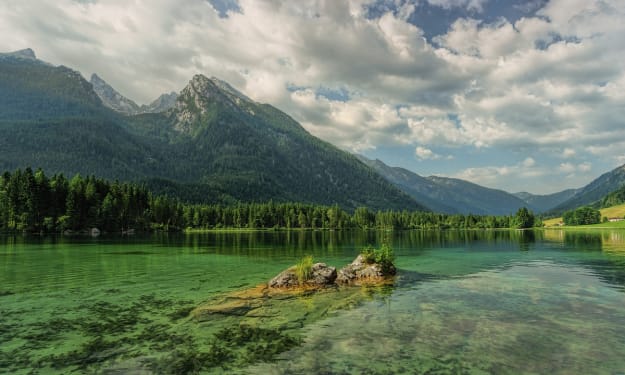The mask and the gloves save lives ... and furthermore contaminate
Non-reusable masks, gloves and face safeguards are saving lives during the COVID-19 pandemic, however, this individual defensive hardware is likewise causing a contamination issue all throughout the planet. Contamination is the commitment of hurtful materials to the climate.
A pandemic is a sickness that contaminates many individuals rapidly and in many spots. Coronavirus is another influenza-like sickness that previously showed up in December 2019 and has since spread all throughout the planet.
Individual defensive gear (PPE) is whatever is utilized to keep individuals from being presented with something that could make them debilitated. Veils, gloves, face safeguards, and other individual defensive gears are regularly made of plastic.
Individual defensive gear litters the roads and fills landfills, sewage frameworks, and seas with destructive plastics and other waste.
Battling contamination brought about by PPE

In Northern California, ecological gatherings are following the issue along the coast and attempting to take care of business.
The Pacific Beach Coalition has as of late seen an emotional expansion in the measure of individual defensive gear unloaded on the seashores of the city of Pacifica, California, south of San Francisco, where the alliance has been directing month to month cleanups for almost 25 years. Seashores.
During cleanups, volunteers log what they gather to follow things that could wind up in the sea. Until 2020, the trash comprised predominantly of cigarette butts and food coverings.
Presently, veils, gloves, hand wipes and different supplies are all over the place, says Lynn Adams, leader of the alliance. "They are in the space where I reside, in the city; how would we be able to respond?"
Personal protective equipment (PPE) is anything that is used to prevent people from being exposed to something that could make them sick.
Personal protective equipment is littering the streets and increasing the amount of harmful plastics and other debris in landfills, sewer systems and the oceans. Non-reusable masks, gloves, face shields and other personal protective equipment are made of plastic.

One thing individuals can do is cut the elastics prior to tossing in a veil. This can assist with keeping creatures from becoming snared in them, says Adam Ratner, a preservation instructor at the Marine Mammal Center, a protection association.
Preservation is the demonstration of saving or securing something. The Marine Mammal Center safeguards and helps warmblooded creatures recuperate, conducts the examination, and offers data. Marine well-evolved creatures are creatures that live in and around the sea, like whales, dolphins, seals, manatees, ocean otters, and polar bears.
"We want to be protected," said Sophia Woehl. "But we also want to protect the environment." She participates as a volunteer in the cleanings at Pacifica. "And sadly we don't contribute to it when we just put the remains on the ground."
The Pacific Beach Coalition and other organizations are speaking out. Still, they only record a small fraction of PPE, they say. There is much more that reaches the ocean.
What PPE Mean for Marine Life

More modest creatures can get trapped in close to home defensive hardware, and furthermore botch it for food, while bigger vertebrates can swallow it, making it feasible for plastic to enter sea natural pecking orders. An evolved way of life is the way that living things acquire food and energy, frequently by eating other living things.
"Clearly close to home defensive hardware is fundamental at the present time, yet we realize that the expansion in plastic and the enormous measure of material of this sort that winds up in the seas can be a horrendous danger for marine well-evolved creatures and for all marine life as a general rule, "Ratner said.
"We need to be ensured, however, we likewise need to secure the climate," said Sophia Woehl, who volunteers with the sea shore clean-ups in Pacifica, "and tragically we don't add to that when we simply leave the trash on the ground."

The Pacific Beach Coalition and different associations are causing to notice the issue, however, they say what is being recorded is likely just a small portion of the individual defensive gear that arrives at the seashores and seas.
A report last year by the natural support association OceansAsia reasoned that almost 1.6 billion masks would contaminate the seas in 2020 alone, in light of appraisals of worldwide creation and different elements. Oceania asserted that the masks could require as long as 450 years to break down.
The OceansAsia organization published a report last year. It said that almost 1.6 billion masks would reach the ocean. OceansAsia said the masks could take up to 450 years to dispose of.






Comments
There are no comments for this story
Be the first to respond and start the conversation.